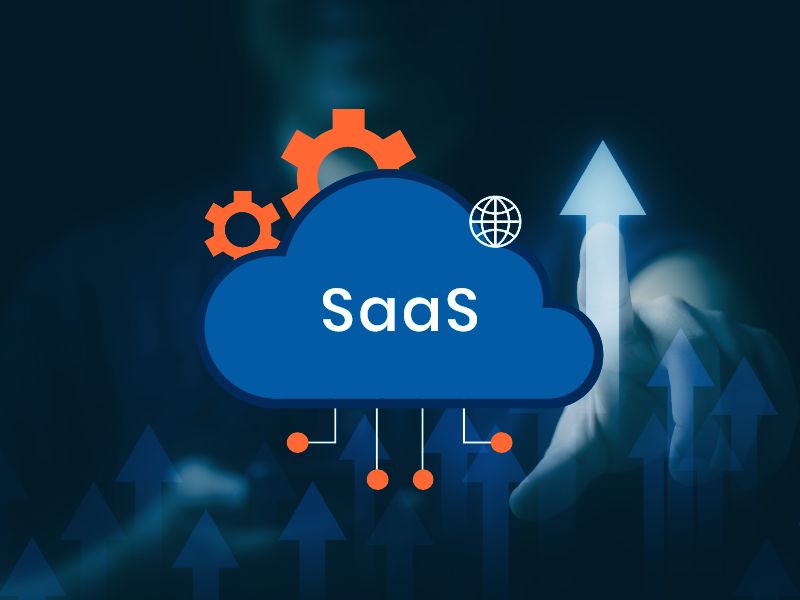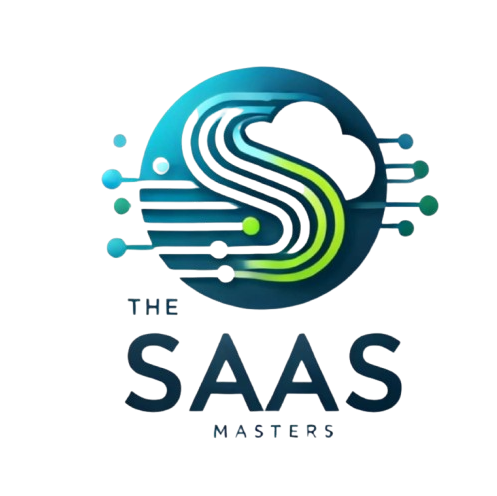What are you Looking for?
Select Sidearea
Populate the sidearea with useful widgets. It’s simple to add images, categories, latest post, social media icon links, tag clouds, and more.
Contact info
-
P: Phone:
-
E: Email:
-
A: Address:
Scalable SaaS Architecture: What Actually Holds Up in Production
- Home
- Blog
- CTO Insights
- Scalable SaaS Architecture: What Actually Holds Up in Production
Scalable SaaS Architecture: What Actually Holds Up in Production
If you’ve ever had to re-architect your platform because things broke under real traffic, you know most scalable SaaS architecture advice falls apart in the real world. Designing for scale isn’t about overengineering — it’s about resilience under stress.
At The SaaS Masters, we’ve scaled platforms from 0 to 100,000+ users. This is what scalable SaaS architecture actually looks like in production.
Your Backend Will Be the Bottleneck — Plan for That
No matter how slick your UI, backend performance will throttle growth first.
Use:
-
- Stateless APIs (REST or GraphQL) with Node.js, NestJS, or Go
-
- Modular architecture with isolated services (auth, billing, media)
-
- Redis caching for repeat queries (plans, settings, dashboards)
-
- Queue-based async jobs (BullMQ, SQS, RabbitMQ) for slow/external tasks
Avoid:
-
- Monoliths handling everything
-
- Sync API calls to third parties
Databases Need to Scale With Read AND Write Load
A truly scalable SaaS architecture handles both read-heavy and write-heavy traffic without choking.
Handle writes with:
-
- PostgreSQL + replicas
-
- Partitioned tables for large volumes
-
- Batch writes and upserts
-
- TimeScaleDB or ClickHouse for analytics-heavy workloads
Multi-Tenant Isolation Isn’t Optional
Don’t assume one tenant = one user. Assume one tenant will try to break your app.
Choose your model early:
-
- Row-level multitenancy (fastest, least isolated)
-
- Schema-per-tenant (moderate isolation)
-
- DB-per-tenant (cleanest at scale)
The right choice here affects everything — from your migrations to your customer SLAs.
Observability Should Be Baked In from Day 1
If something breaks and your team is blind, you’re scaling in the dark.
Include:
-
- Structured logs with Winston or Pino
-
- Central logging (CloudWatch, Loki, Logtail)
-
- OpenTelemetry tracing
-
- Real-time metrics (Prometheus, Datadog, Grafana)
Feature Flags and Config-as-Code Prevent Meltdowns
Fast releases are useless if every one is a gamble.
Use:
-
- Feature flag tools (LaunchDarkly, ConfigCat, Unleash)
-
- Per-tenant, per-environment toggles
-
- Secrets/configs in code, not panels
Scale Is a Process, Not a Snapshot
Scalable SaaS architecture isn’t a one-time decision. It’s how you operate.
True scalability means:
-
- No-downtime deployments
-
- Instant environment cloning
-
- Infra that can handle 10x load with minor tweaks
Final Thought
Your architecture is either helping you grow or quietly choking your product.
If you’re already hitting limits — or want to build something that lasts — we can help.


